HTML5, CSS3
What is HTML5, CSS3.

HTML5 (HyperText Markup Language 5) and CSS3 (Cascading Style Sheets 3) are two fundamental technologies used in web development to create and design websites. Here’s an overview of each:
HTML5:
HTML5 is the latest version of the HTML markup language, which is the standard language used for creating the structure and content of web pages. It provides a set of elements, attributes, and semantics that define the structure of web documents and how they should be displayed in web browsers. Some key features of HTML5 include:
1. Semantic Elements: HTML5 introduces new semantic elements that provide meaning to different parts of a web page, making it easier for search engines, assistive technologies, and developers to understand the content’s purpose. Examples of semantic elements include <header>, <nav>, <main>, <article>, <section>, <aside>, and <footer>.
2. Multimedia Support: HTML5 provides native support for embedding audio and video content directly into web pages, without the need for third-party plugins like Flash. It introduced the <audio> and <video> elements, allowing developers to integrate multimedia content seamlessly.
3. Form Enhancements: HTML5 introduced new form input types and attributes, such as date, email, URL, range, and more, making it easier to create user-friendly and mobile-friendly web forms. It also supports client-side form validation, reducing the need for JavaScript validation.
4. Canvas and WebGL: HTML5 includes the <canvas> element, which provides a drawing surface for creating interactive graphics, animations, and games directly within the web browser. It also supports WebGL, a JavaScript API for rendering 3D graphics within the browser.
CSS3:
CSS3 is the latest version of the CSS language, which is used to style and format the appearance of HTML elements on web pages. It introduces new features, selectors, and properties that enhance the design capabilities and flexibility of web pages. Some key features of CSS3 include:
1. Selectors: CSS3 introduces new selectors that allow for more precise targeting and styling of specific elements or groups of elements. Examples include attribute selectors, sibling selectors, pseudo-classes, and more.
2. Box Model Enhancements: CSS3 includes additional properties and values that offer more control over the box model, which defines how elements are laid out on the page. This includes features like box-sizing, border-radius, box-shadow, and gradients.
3. Media Queries: CSS3 introduces media queries, which allow developers to apply different styles based on the characteristics of the user’s device, such as screen size, resolution, or orientation. This enables responsive web design, where websites adapt their layout and appearance to different screen sizes and devices.
4. Transitions, Animations, and Transformations: CSS3 provides properties for creating smooth transitions, animations, and transformations of HTML elements. This allows for the creation of interactive and visually appealing effects without relying on JavaScript or Flash.
5. Web Fonts: CSS3 supports the use of custom web fonts, allowing developers to choose from a wide range of fonts beyond the limited set of system fonts. This enhances typographic design and improves consistency across different devices.
HTML5 and CSS3 work together to create modern, interactive, and visually appealing websites. HTML5 defines the structure and content of web pages, while CSS3 is responsible for styling and formatting those elements to achieve the desired design and layout.
Post Categories
Outline Project
Digital Marketing
Social Media Marketing
Website designing
Collaboration
Collaboration tips
Digital Marketing company
Email Marketing
PPC Marketing
SEO Services
Digital Marketing Delhi
SEO Marketing in delhi
Visual Identity in Delhi
Website Designing in Delhi
Publishing Design
Outdoor
Object & Volume
SEO & SMO
Visual Identity

